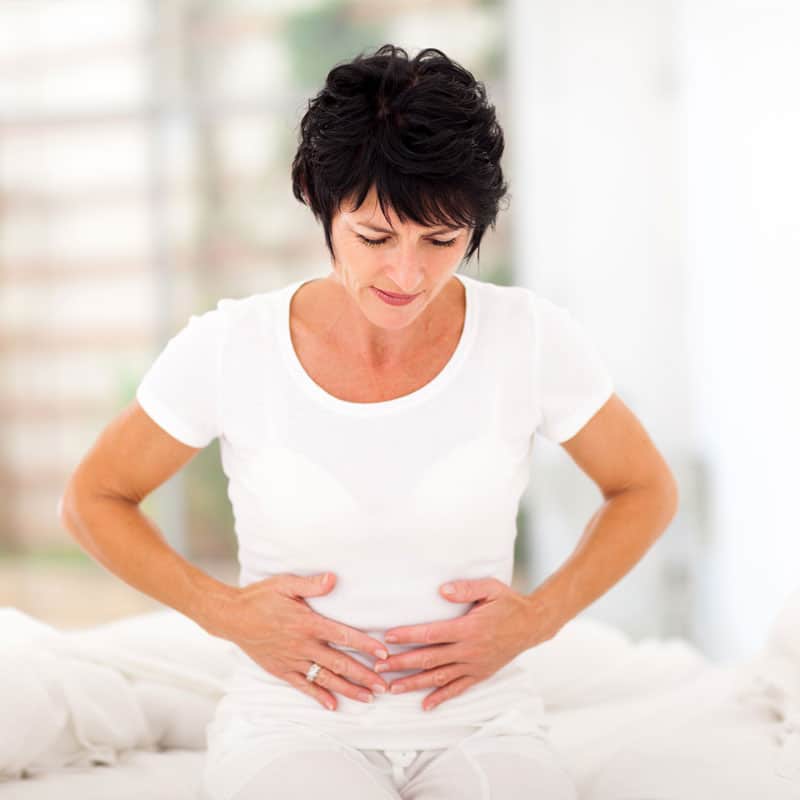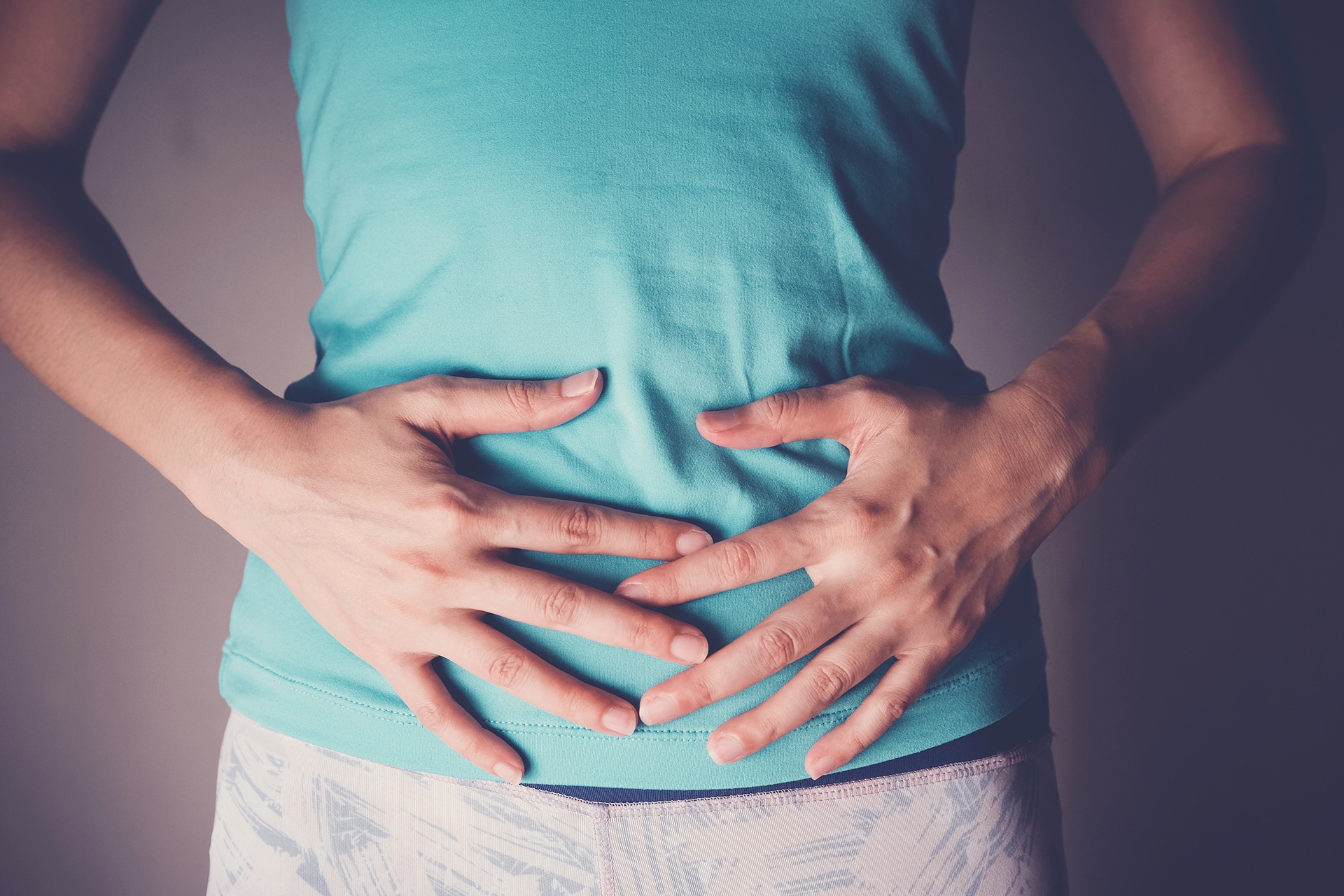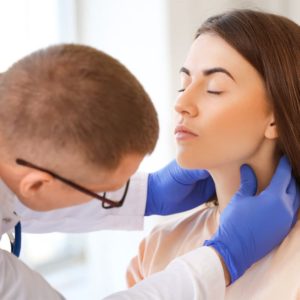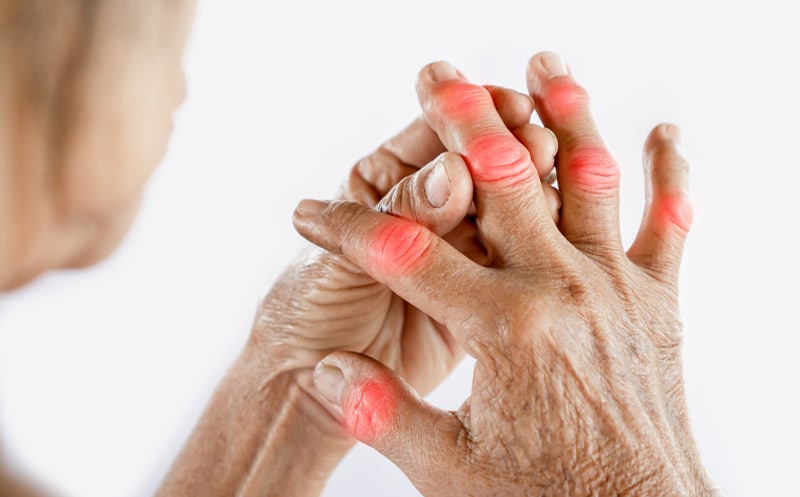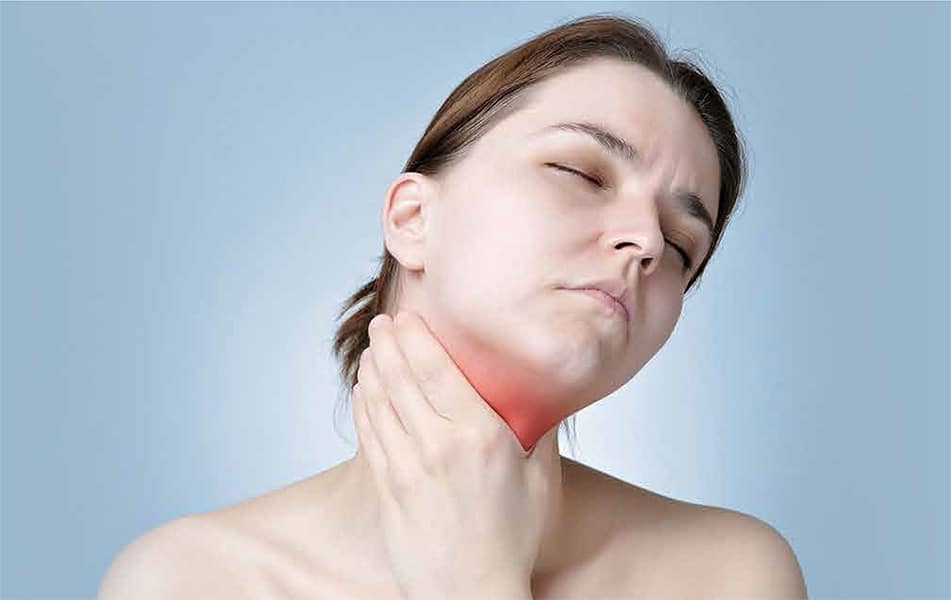Arthritis Treatment
Get Relief from Joint Pain
Arthritis affects millions of people yearly. Over a patient’s lifetime, the protective cartilage surrounding the bones wears out. This causes pain and decreased joint mobility. Osteoarthritis is the most common type of arthritis. Osteoarthritis commonly damages the joints in a patient’s knees, hips, hands, lower back and neck; however, it can affect any joint in the body.
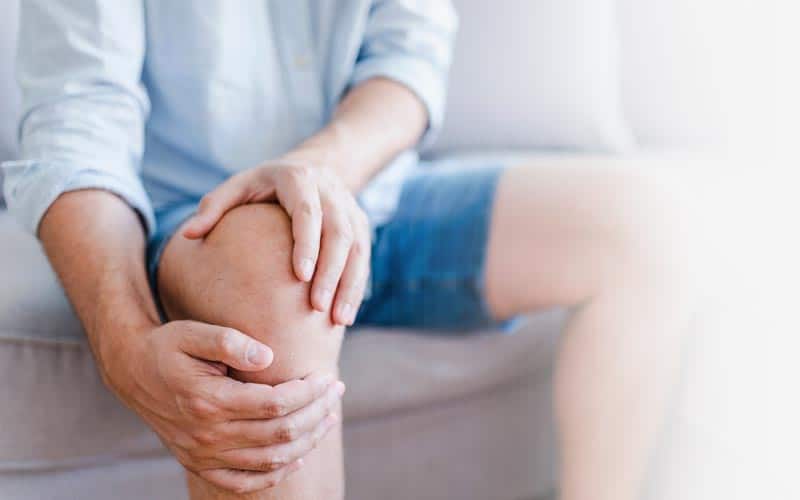
Symptoms of Osteoarthritis
Osteoarthritis worsens over time and has numerous symptoms. These symptoms include –
- Pain – Pain in the joints may occur when you move the joint or afterwards.
- Stiffness and tenderness in the joints – Tenderness occurs when light pressure is applied to the joint. As osteoarthritis progresses, you may notice stiffness generally upon awakening or after long periods of inactivity or rest.
- Loss of flexibility – May no longer have full range of motion in the joints where the osteoarthritis is located.
- Grating sensation in their joints – Hear a grating noise or experience a pop whenever it is moved.
- Bone spurs – You may find hard lumps in or around their joints. The lumps are bone spurs, or tiny bits of bone that have fragmented away from the joint.
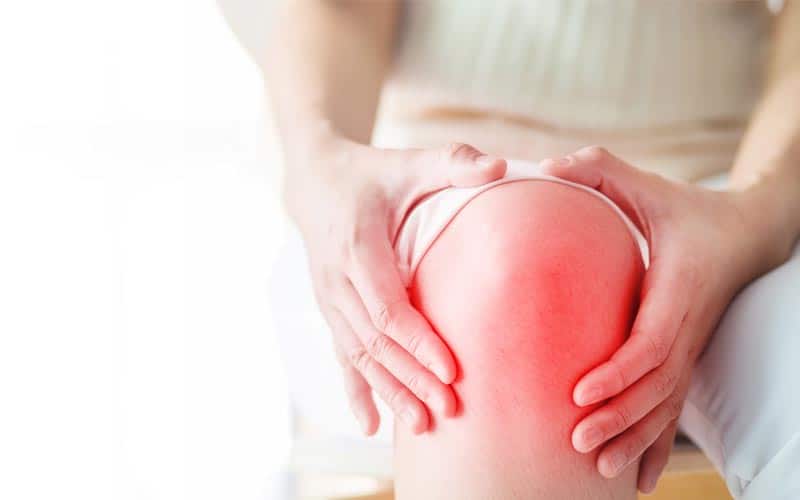
Causes of Osteoarthritis
Each bone has cartilage on the end of it. When the cartilage begins to deteriorate, osteoarthritis occurs. The cartilage provides a smooth surface for frictionless movement. As osteoarthritis occurs, the cartilage becomes rough, resulting in pain and joint stiffness. If the cartilage completely deteriorates, the patient’s bone will rub against bone.
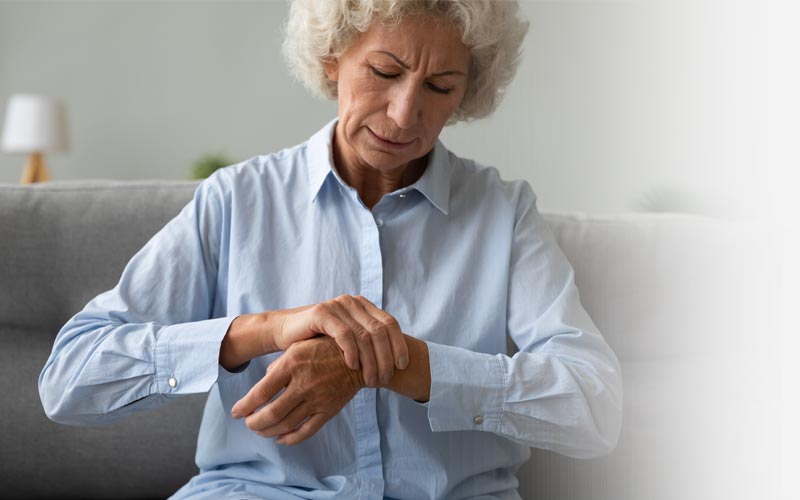
Risk factors of Osteoarthritis
There are numerous risk factors when it comes to osteoarthritis. These include-
- Age – As patients age, their chances of developing osteoarthritis increase.
- Gender – Although the reason is unknown, women are more like than men to develop osteoarthritis.
- Bone problems – Patients who have defective joints and cartilage are also at an increased risk of developing osteoarthritis.
- Joint injuries from accidents or sports increase the chances of developing osteoarthritis.
- Obesity – Obese people are prone to develop osteoarthritis. The extra weight puts extra pressure on the joint.
- Repetitive movements while working is also a risk factor for arthritis.
There are medical conditions that can increase the risk of osteoarthritis. Diabetes, gout, Paget’s disease and an underactive thyroid can all lead to osteoarthritis. Researchers speculate that the stress caused by these and other diseases can negatively impact the joints.
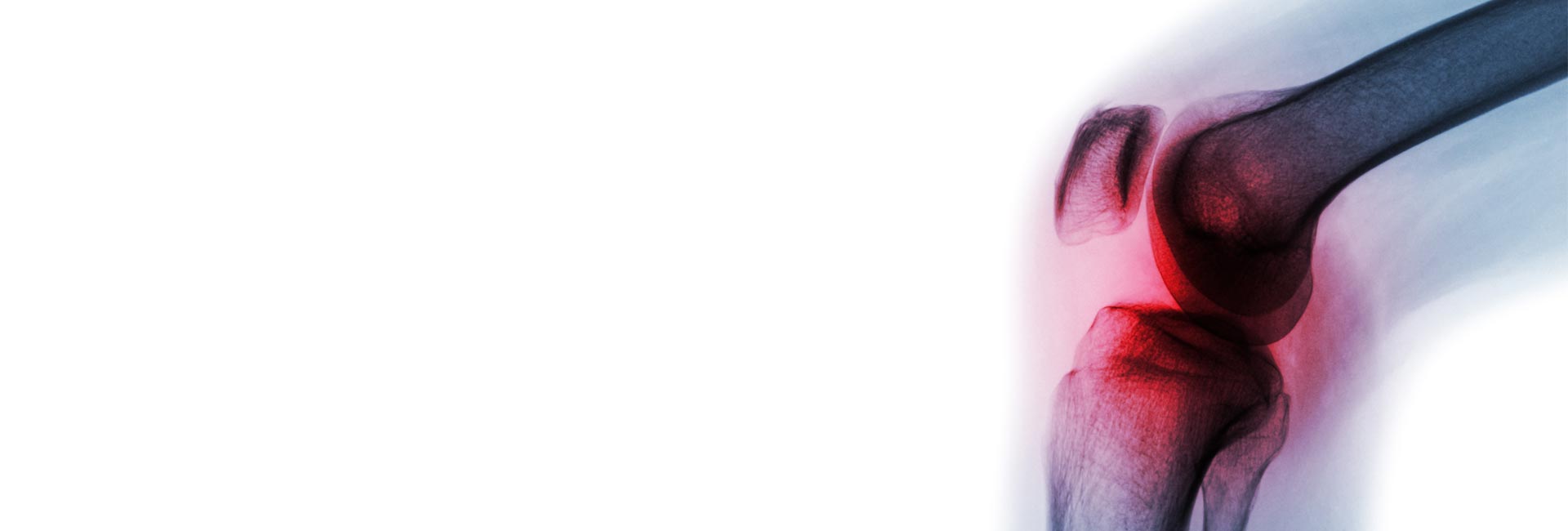
Osteoarthritis Treatment
- Your treatment starts with a thorough examination of your joints to determine range of motion, any swelling, redness or tenderness.
- Imaging Tests – Your physician may recommend some imaging tests. X-rays may show narrowing of the joints, bone spurs and other evidence of osteoarthritis. A magnetic resonance imaging test, or MRI, utilizes a magnetic field and radio wave to produce images of bones, muscles and other soft tissues.
- Laboratory tests – Physicians may also utilize a variety of lab tests to help diagnose osteoarthritis. Blood tests are used to rule out other medical conditions that may be causing the pain such as cancer and rheumatoid arthritis. Your physician may recommend testing fluid from your joints to help with diagnosis. Once a diagnosis is made, a holistic treatment plan will be developed that may also include diet and lifestyle modifications.
Osteoarthritis affects millions of people each year. This common type of arthritis causes pain, decreased mobility, and tenderness. As patients age, the risk of osteoarthritis increases. The most common joints to develop osteoarthritis include the knees, hips, hands, lower back and neck.

Ready to get relief from debilitating joint pain?
Our integrative clinicians specializing in chronic pain can help with arthritis and provide pain relief.



